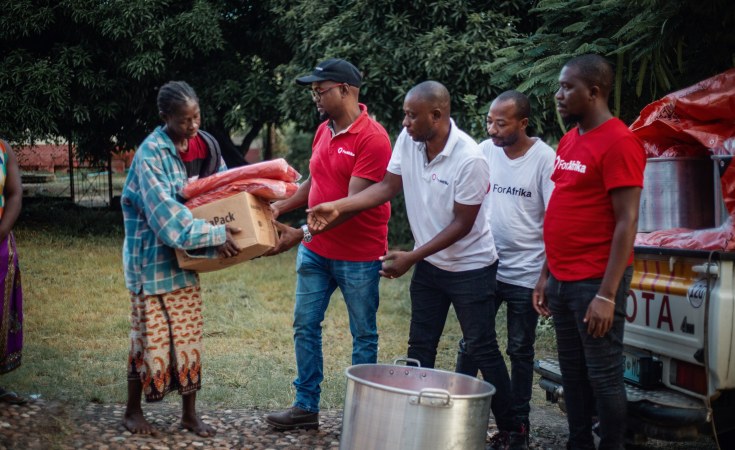The confluence of multiple climatic events is threatening the southern and central region of country.
The National Institute for Disaster Management (INGD) reports that in the last seven days heavy rains between 150mm and 250mm/24h affected Niassa, Tete and Zambezia provinces. In the coming days, very heavy rains (between 100mm/24h and 200 mm/24h) are expected to affect Gaza, Manica, Maputo, Inhambane and Sofala provinces, causing extensive floods. The river basins of Buzi, Incomati, Limpopo, Maputo, Pungoe, Rovuma, and Zambeze are above alert threshold as a result of water discharges further upstream due to continued rainfall in neighboring countries.
Tropical Cyclone Freddy made landfall on the eastern coast of Madagascar on 21 February and is projected to make landfall between Govuro and Vilankulo (Inhambane province) on 24 February, as a severe tropical storm. According to preliminary estimations, some 400,000 people are living in the areas of Freddy's projected trajectory.
INGD estimates that flooding in central and southern Mozambique – including following Cyclone Freddy's landfall – might affect up to 1.75 million people. Some 1.5 million people are at risk of flooding in central Mozambique which is projected to affect the cities of Beira and Quelimane and an additional 250,000 people are at risk of flooding in southern Mozambique including in the cities of Maputo, adjoining Matola and Xai-Xai (Gaza province).
Since October 2022, the rainy/cyclonic season impacted a total of 100,332 (18,633 families), across Mozambique. Some 4,050 houses have been partially destroyed, 1,839 totally destroyed, and 12,453 flooded. Widespread damages to public infrastructure and service have also been reported, including 1,012 schools, 55 health units and 3,489km of roads. In Maputo, following heavy rains, 43,426 people were affected, including 16,588 people displaced and 13 deaths. A total of 8,684 houses were flooded, 35 health units and 684 schools damaged, 63,091 hectares of agricultural land has been affected, and two bridges washed away. A total of 300 kms of roads are impassable and some 580 kms more are damaged. energy poles have been damaged resulting in 18,000 people without electricity.
Flooding is increasing the risk of cholera at a time when the country is struggling to contain an outbreak that since September 2022 affected more than 5,200 people across 28 districts in Niassa, Gaza, Manica, Sofala, Tete, Zambezia provinces. Over the past two weeks, cases increased by 17 per cent. Moreover, the geographical impact of the outbreak continued to grow, raising from 18 to 29 districts being affected. The national case fatality rate (CFR) increased from 0.3 per cent to 0.9 per cent in the last week, with a variability from 0 per cent to 9.5 per cent across affected districts.
The confluence of multiple threats is compounding a severe humanitarian situation in Mozambique where two million people are in need of humanitarian assistance and protection across the northern provinces of Cabo Delgado, Niassa and Nampula. In 2023, humanitarian partners target to support more than 1.5 million conflict affected people affected by the conflict.


